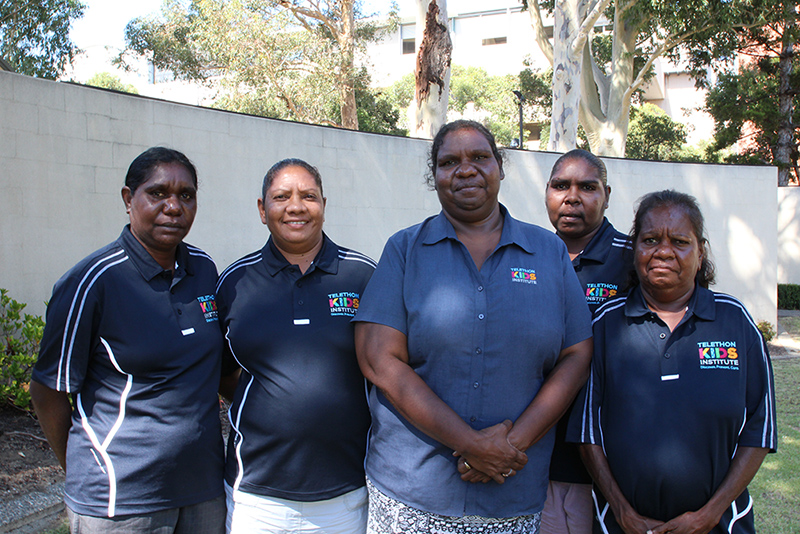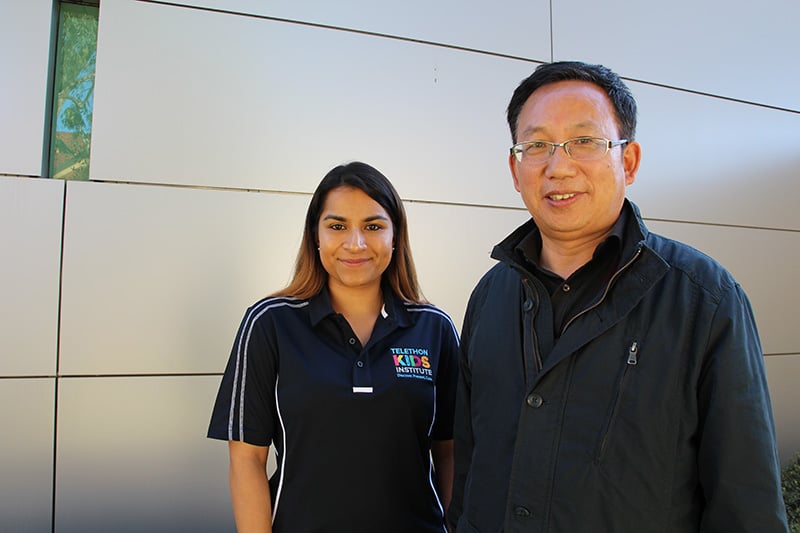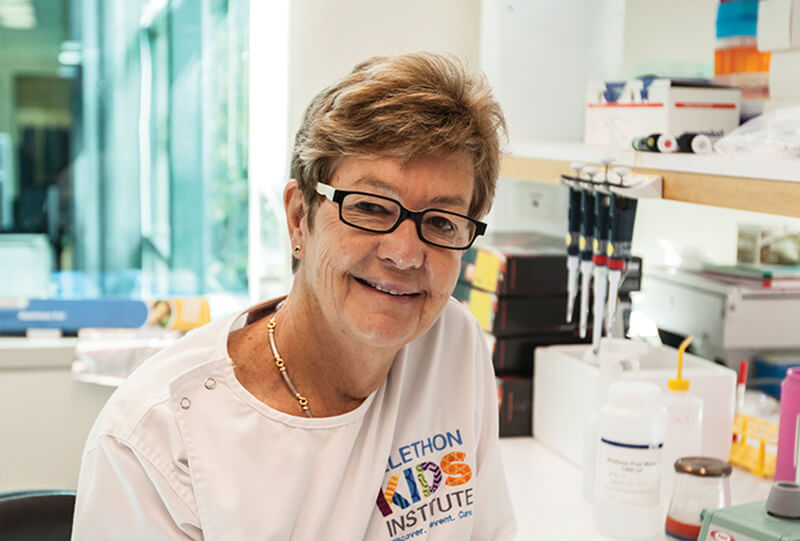Search
Symposium Sundowner Date: Monday, 11th November Time: 5-7pm Venue: The Winter Garden & Collegiate Lounge, Level 5 Perth Children’s Hospital Join us

News & Events
Dogs are more than companions, they are great for our mental wellbeingA new study has highlighted the positive impact dog ownership has on our mental health.

News & Events
Infant study shines new light on eczema preventionA study led by The Kids Research Institute Australia has suggested vitamin D supplementation in babies is no match for sunlight when it comes to preventing eczema.

News & Events
Telethon smashes records as West Australians dig deep for sick kidsHuge congratulations to Telethon on another record-breaking year, with generous West Australians donating just over $38 million to help sick kids.

News & Events
Launch of National Autism GuidelineResearchers from The Kids Research Institute Australia, working with the Autism CRC, have led the development of the National Guideline for the Assessment and Diagnosis of Autism Spectrum Disorder in Australia which was launched today.

News & Events
The Kids researcher honoured at Premier’s Science AwardsThe Kids Research Institute Australia researcher Dr Melissa O’Donnell has been named Woodside Early Career Scientist of the Year at the 2018 Premier’s Science Awards for her internationally recognised work in the area of child abuse and neglect.

News & Events
Because of her, we can: NAIDOC Week 2018As leaders, trailblazers, researchers, teachers, and social change advocates, Aboriginal and Torres Strait Islander women at The Kids fought and continue to fight to bring positive, sustainable change to the health and well-being of Aboriginal children and families.

News & Events
Chinese immigrants in Australia at higher risk of allergies, research showsChinese immigrants who live in a Western environment like Australia have an increased risk of allergies, hay fever and asthma, new research led by Curtin University and The Kids Research Institute Australia has found.

News & Events
Cyberbullying work finds international audienceSchools from around the globe have turned to The Kids Research Institute Australia, seeking access to invaluable lessons learned from Australian students on how to effectively reduce harm from cyberbullying.

News & Events
UV offers new hope in fight against MSPeople at risk of developing multiple sclerosis (MS) have been offered a beacon of hope thanks to research into UV exposure.
